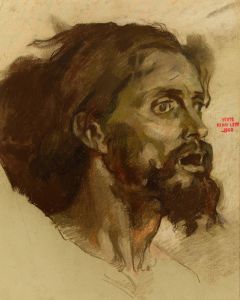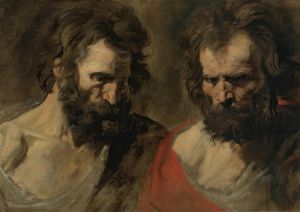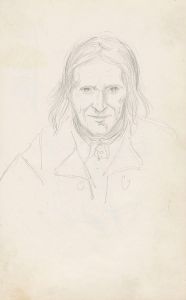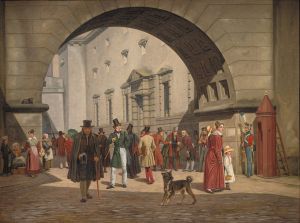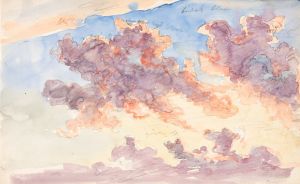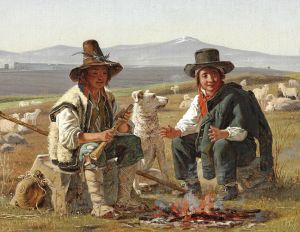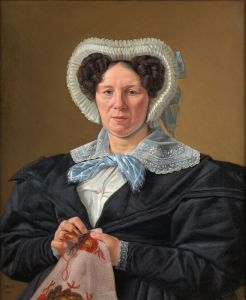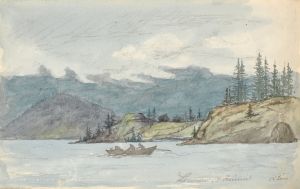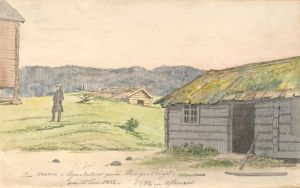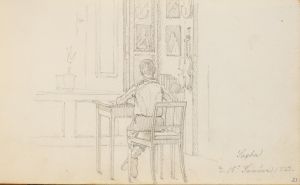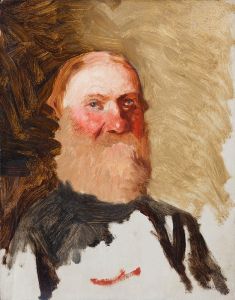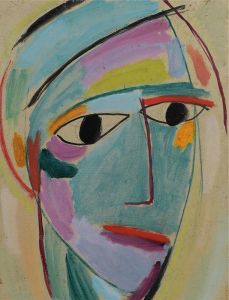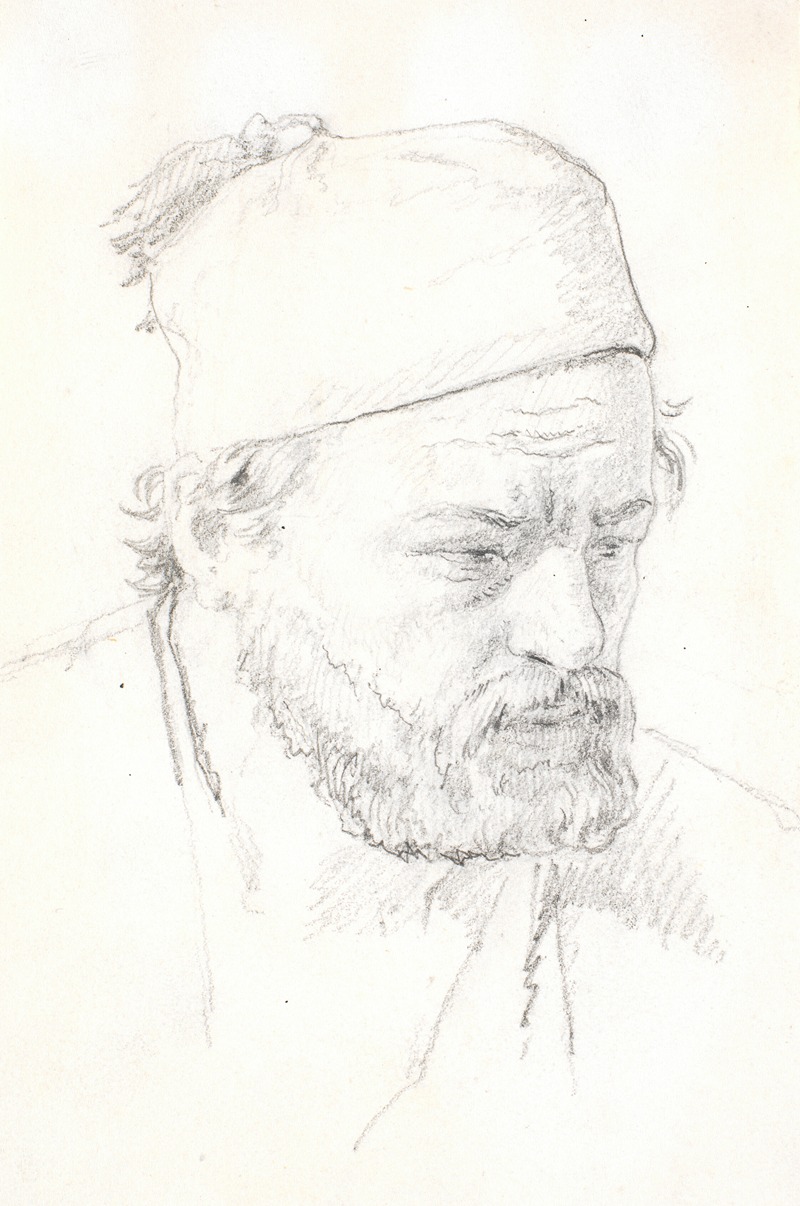
Skægget mandsportræt, trekvart profil mod højre, med fez
A hand-painted replica of Martinus Rørbye’s masterpiece Skægget mandsportræt, trekvart profil mod højre, med fez, meticulously crafted by professional artists to capture the true essence of the original. Each piece is created with museum-quality canvas and rare mineral pigments, carefully painted by experienced artists with delicate brushstrokes and rich, layered colors to perfectly recreate the texture of the original artwork. Unlike machine-printed reproductions, this hand-painted version brings the painting to life, infused with the artist’s emotions and skill in every stroke. Whether for personal collection or home decoration, it instantly elevates the artistic atmosphere of any space.
Martinus Rørbye was a prominent Danish painter of the 19th century, known for his contributions to the Danish Golden Age of painting. His works often depicted scenes from his travels and everyday life, capturing the essence of the places and people he encountered. One of his notable works is "Skægget mandsportræt, trekvart profil mod højre, med fez," which translates to "Bearded Man's Portrait, Three-Quarter Profile to the Right, with Fez."
This painting is a fine example of Rørbye's skill in portraiture, showcasing his ability to capture the character and essence of his subjects. The subject of the painting is a bearded man, depicted in a three-quarter profile facing to the right. He is wearing a fez, a type of hat that is often associated with the Ottoman Empire and regions of the Middle East and North Africa. The inclusion of the fez suggests that the painting may have been inspired by Rørbye's travels or interest in these regions, as he was known to have traveled extensively throughout Europe and the Mediterranean.
Rørbye's attention to detail is evident in the meticulous rendering of the man's facial features and the texture of his beard. The use of light and shadow adds depth to the portrait, highlighting the contours of the man's face and giving the painting a lifelike quality. The choice of a three-quarter profile view allows for a dynamic composition, providing a sense of movement and life to the portrait.
The painting reflects the broader trends of the Danish Golden Age, a period characterized by a focus on realism, attention to detail, and an interest in capturing the everyday life and diverse cultures. Rørbye, along with his contemporaries, played a significant role in this artistic movement, contributing to the development of a distinct Danish style that was both influenced by and distinct from other European art movements of the time.
While specific details about the subject of the painting or the exact circumstances of its creation may not be well-documented, the work stands as a testament to Rørbye's artistic talent and his ability to convey the personality and presence of his subjects. The painting is a valuable piece of cultural heritage, offering insights into the artistic practices and cultural exchanges of the 19th century.
Martinus Rørbye's works, including this portrait, continue to be appreciated for their historical and artistic significance. They provide a window into the past, allowing contemporary audiences to connect with the people and places of a bygone era. His paintings are held in high regard and are part of collections in various museums, where they continue to be studied and admired by art enthusiasts and scholars alike.





